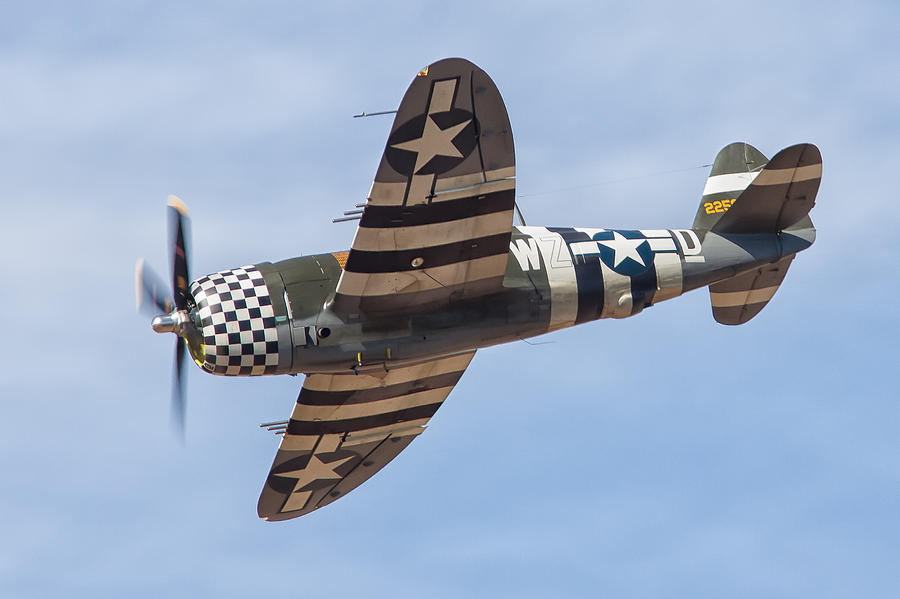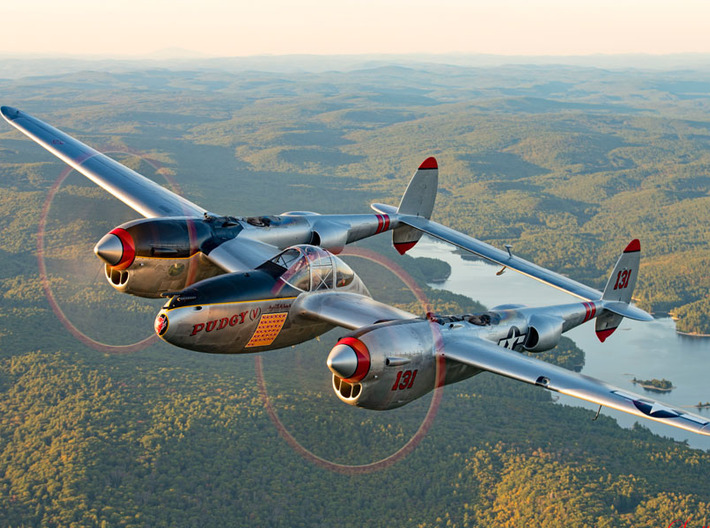AZrailwhale
Diamond Member
You're wrong. A-6M2 Zeros escorted bombers over the Philippines flying from bases on Taiwan. That's almost a six-hundred-mile one way trip. The A-6M2 had a combat range of 1,160 miles and with a drop tank, a ferry range of 1,927 miles. With a drop tank an A-6M2 had an endurance of eight hours. P-38Gs like the aircraft used in the Yamamoto mission had a range with drop tanks of 1,750 miles. P-38s didn't outrange Zeros until the J and L models that had additional fuel in wing leading edge tanks that replaced the Rube Goldberg intercooler system with beard radiators.Only because they quite often left on one-way trips where the pilot was not expected to return.
The range of the A6M2 was half that of the P-38.
Heck, the Mustang could almost do that, it had a range almost 50% more than the Zero.




